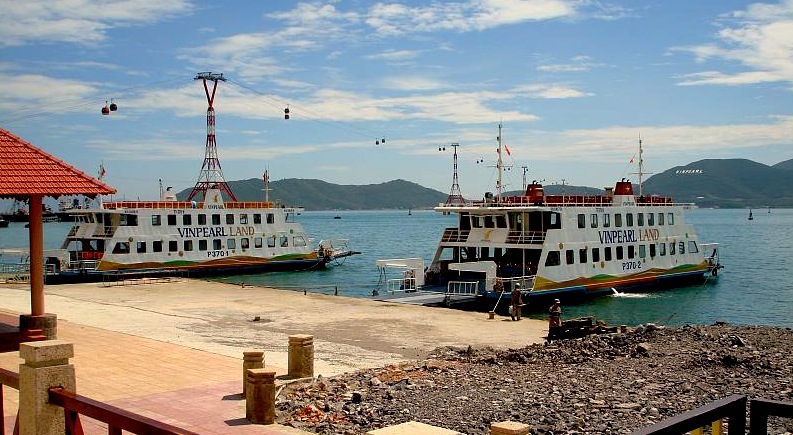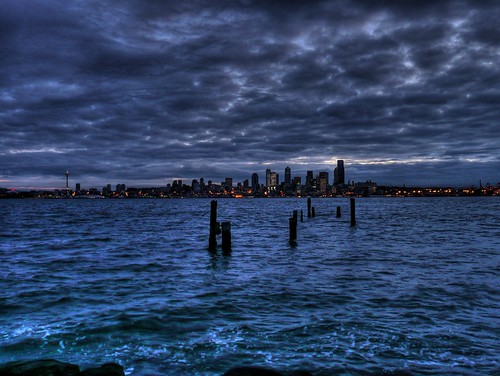One of the difficulties and beauties of cable research is keeping up with all the unique systems that pop up in the most seemingly unlikely of places. One such system is the Vinpearl Land Gondola in Vietnam.
The system connects the Vinpearl Land Resort on Hon Tre Island with the Vietnamese mainland. The sea-crossing is accomplished with eleven towers that remind one of the Eiffel Tower. The towers are at a height such that all ships may pass underneath the system and the towers and line are illuminated by laser systems at night to increase safety. It is the longest sea-crossing cable system in the world.
The system reportedly meets all international safety standards, took 1 year to build and opened in 2007. According to company literature, the system’s towers are anchored to the seabed some 40 meters below sea level and are designed to withstand seaswells, windstorms and eathquakes.
What is shocking about this system, however, is it’s cost: At a total length of 3.3 kilometres and a cost of US $6 million, the Vinpearl Land has a per kilometre cost of $1.8 million! There are some caveats to this price, however:
- The Vinpearl Land uses Monocable Gondola Technology which is the cheapest of aerial CPT systems. It travels at a slow speed of between 16.5 – 22.0 km/hr (still faster than Toronto streetcars) depending on conditions.
- The Vinpearl can operate safely in 60 km/hr winds. That is due to the Monocable technology. In harsher environments a more hardy (and therefore expensive) technology would be necessary.
- The Vinpearl Land only offers capacity of 1,500 per hour. Company literature doesn’t distinguish between persons per hour per direction (pphpd) or simply persons per hour. I suspect the latter, but I can find no confirmation of this. Nevertheless, the addition of added capacity to a cable system adds only marginal cost.
- Sometimes cable manufacturers divorce the cost of their system (that is the terminals, drive shafts, vehicles and cables) from the cost of their infrastructure (in the case of the Vinpearl that would mean towers and stations). I can find absolutely no data on whether or not this is the case with the Vinpearl. I suspect that it is. Knowing what I know about cable, $1.8 million/km is about the lowest price one will find. Even still, at a base price of $1.8 million/km the additional cost of towers and stations would be negligible compared to our existing transit technologies and methods.
Notwithstanding these concerns, the Vinpearl holds drastic implications for our urban environments. Consider crossing the Burrard Inlet in Vancouver; the San Francisco Bay or Puget Sound in Seattle. What does this mean for billion dollar tunnels, bridges and ferries?
Again, it’s all a question of extrapolation, innovation and imagination. It’s a question of asking what does the Vinpearl Land mean for my city?
Creative Commons Images by halam68 and joiseyshowaa



1 Comment